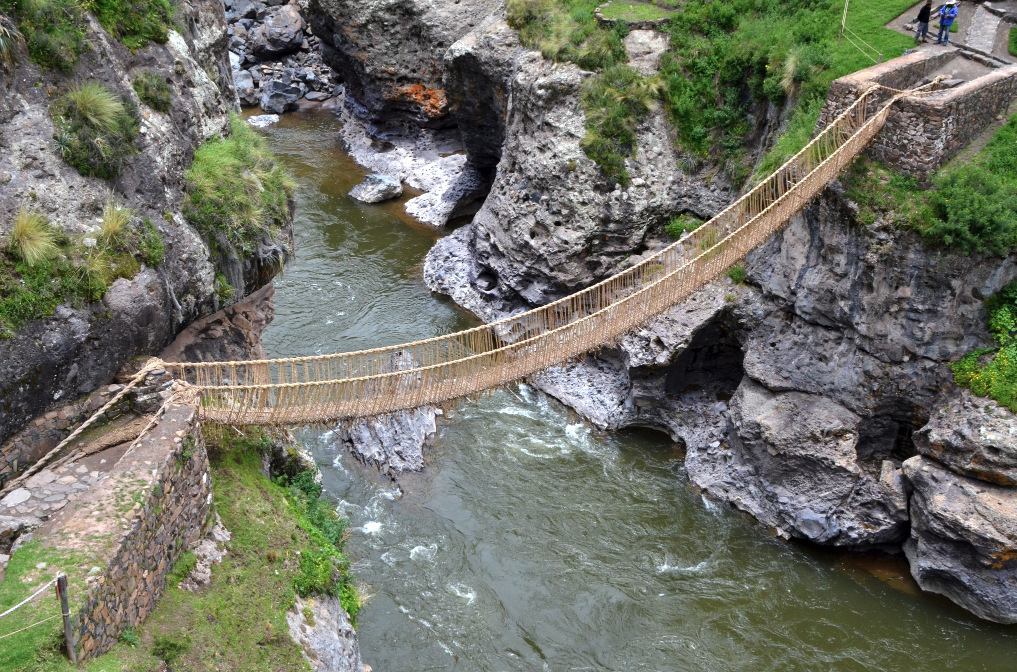Mystery and Wonder
The Hanging Gardens of Babylon, one of the Seven Wonders of the Ancient World, captivate imaginations with tales of lush terraces, flowing water, and architectural genius. Built in ancient Mesopotamia, these gardens exemplified the ingenuity and aesthetic vision of early civilizations.
Construction and Legends
Ancient sources credit Nebuchadnezzar II, king of Babylon, with creating the gardens for his wife, Amytis, who longed for the green hills of her homeland. While their existence is debated, descriptions suggest multi-tiered gardens with intricate irrigation, demonstrating early mastery of engineering and design.
Cultural Significance
The gardens symbolize human creativity and the desire to harmonize nature with urban life. They also reflect Babylonian society’s sophistication, political power, and artistic sensibilities. Scholars view the gardens as a testament to the intersection of mythology, architecture, and landscape design.
Historical Debates and Archaeology
Despite centuries of study, no definitive archaeological evidence confirms the gardens’ existence at Babylon. Some researchers suggest alternative locations or symbolic interpretations. Whether literal or mythical, the gardens continue to inspire scholars, artists, and writers worldwide.
Enduring Fascination
The Hanging Gardens of Babylon, real or legendary, remain a symbol of human ambition, creativity, and the desire to merge beauty and function. They continue to inspire awe, bridging history, imagination, and architectural ingenuity.







